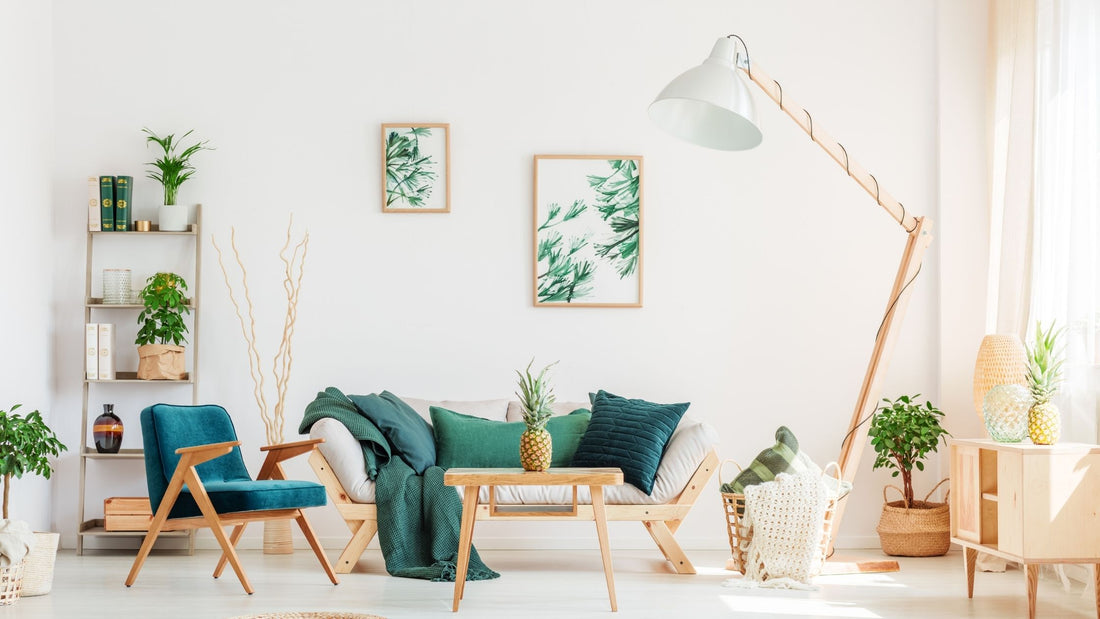
Why is it still so hard to find sustainable furniture in 2022?
It’s 2022, and the world is (slowly) changing for the better.
Gas & oil companies are feeling the heat, cars are turning electric, and your friendly neighbourhood Aussie billionaire is trying to buy energy companies just to shut down their coal mines.
But some industries are moving slower than others, and a big one that seems to have had very little change is good ol’ household furniture.
Most furniture is really bad for the planet.
Furniture can be tough. It needs to look good, but still serve its function.
And that function can be an important one. It may need to support a shelf-load of books, your mum’s favourite antique vase, or, in the case of beds, it may need to support you and your partner’s night-time activities!
Because of this requirement for reliable support, instead of improving their design to achieve maximum support with minimal materials, many companies have traditionally tried to pack as much weight and material into their furniture as possible.
This is understandable for short-term thinking, but is disastrous in the long-term.
Every material that goes into the piece of furniture needs to be mined/taken from the earth. It then needs to be transported (usually around the world) to a place that can convert that raw material into something more usable. It then gets transported again, on a gas-guzzling container ship, to wherever the product is actually assembled (usually China), before taking it’s final trip on another container ship to the actual destination.
Every single one of the steps listed above takes up huge amounts of energy. And that all needs to happen before you get your piece of furniture.
Higher quantities of low quality material is easier to accomplish than better design
Real, innovative design work is not easy. It takes experience, an open mind and a whole lot of patience.
It can’t be done by anybody, and it can’t be done overnight.
Creating something that serves its purpose better than similar items, but by using less material, is not like flicking a switch.
So instead of going down this hard-earned path of progress, most companies don’t bother. It’s faster and more profitable (in the short term) to just pack in more of this cheap, low-quality material - no matter how many times it needs to travel around the world.
Negative impact on our environment doesn’t cost anything. In most parts of the world, no one is penalising you, no matter how much damage you do. So most companies take advantage of this, and will do their best to save a few cents per item, no matter the cost to our planet.
So… what’s gonna change?
There’s only one way out of this cycle: Ethical design innovation.
There are some brands out there who don’t take this attitude of transporting ultra-cheap materials around the globe to get a just-barely-passable item onto the shelves with a fat profit margin.
Look for the brands that are doing something different. The brands that acknowledge the great issues in the industry, and try to solve them.
We all like to buy nice things. This doesn’t have to end, we just need to do it right. Here are some easy tips on what to look for:
- Brands that make their products in Australia
- Designs that look unique and innovative
- Brands that emphasise sustainability
- Honest and transparent company vision and supply chain
There are good options out there – we just need to find them!
